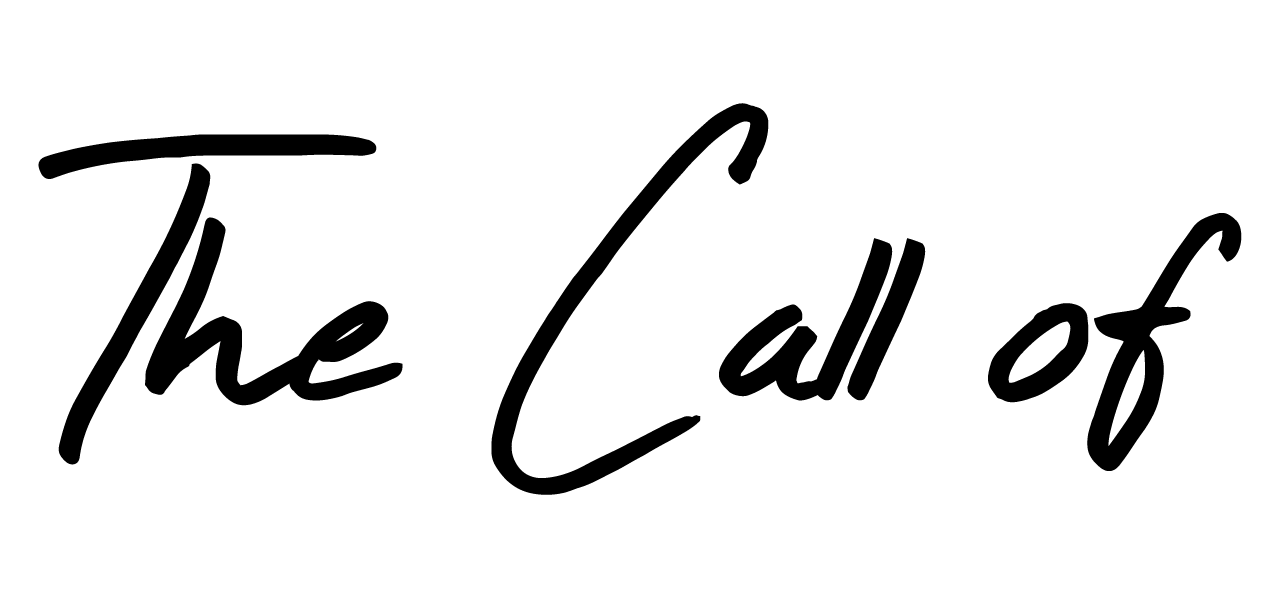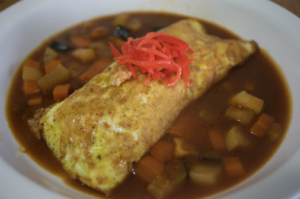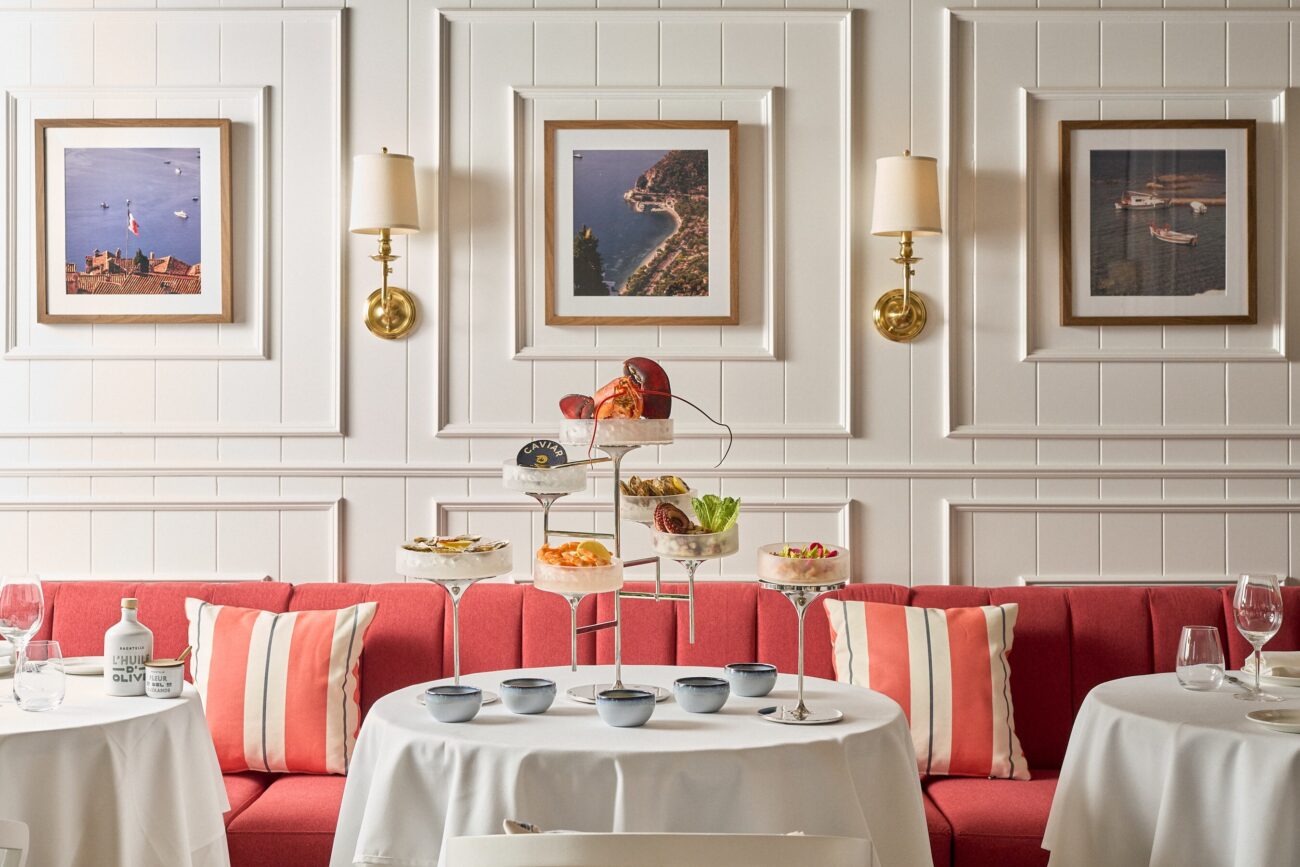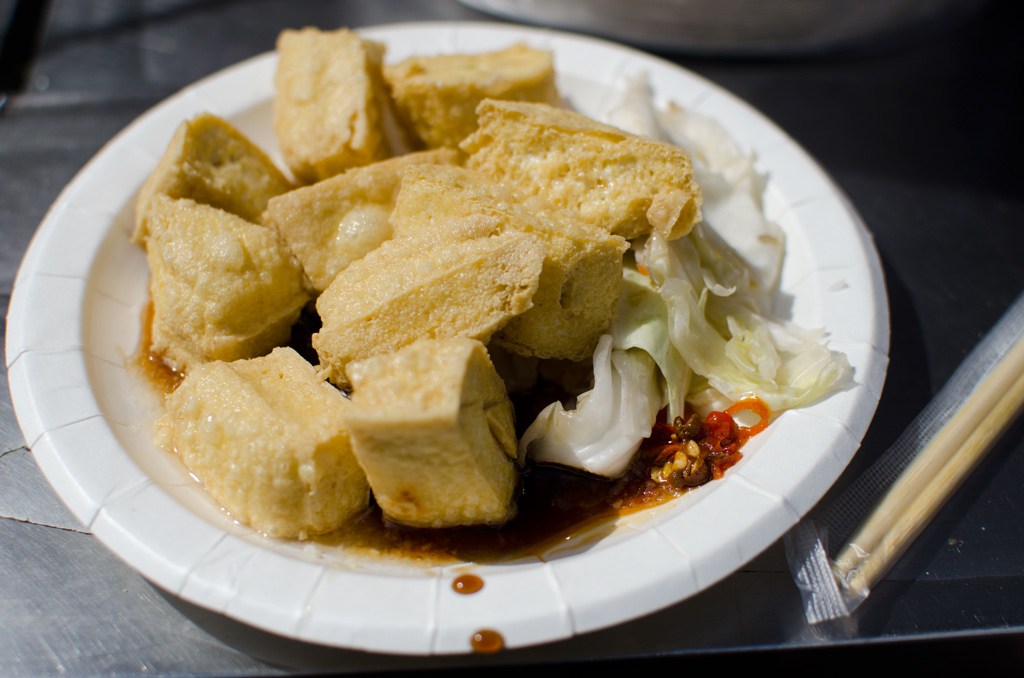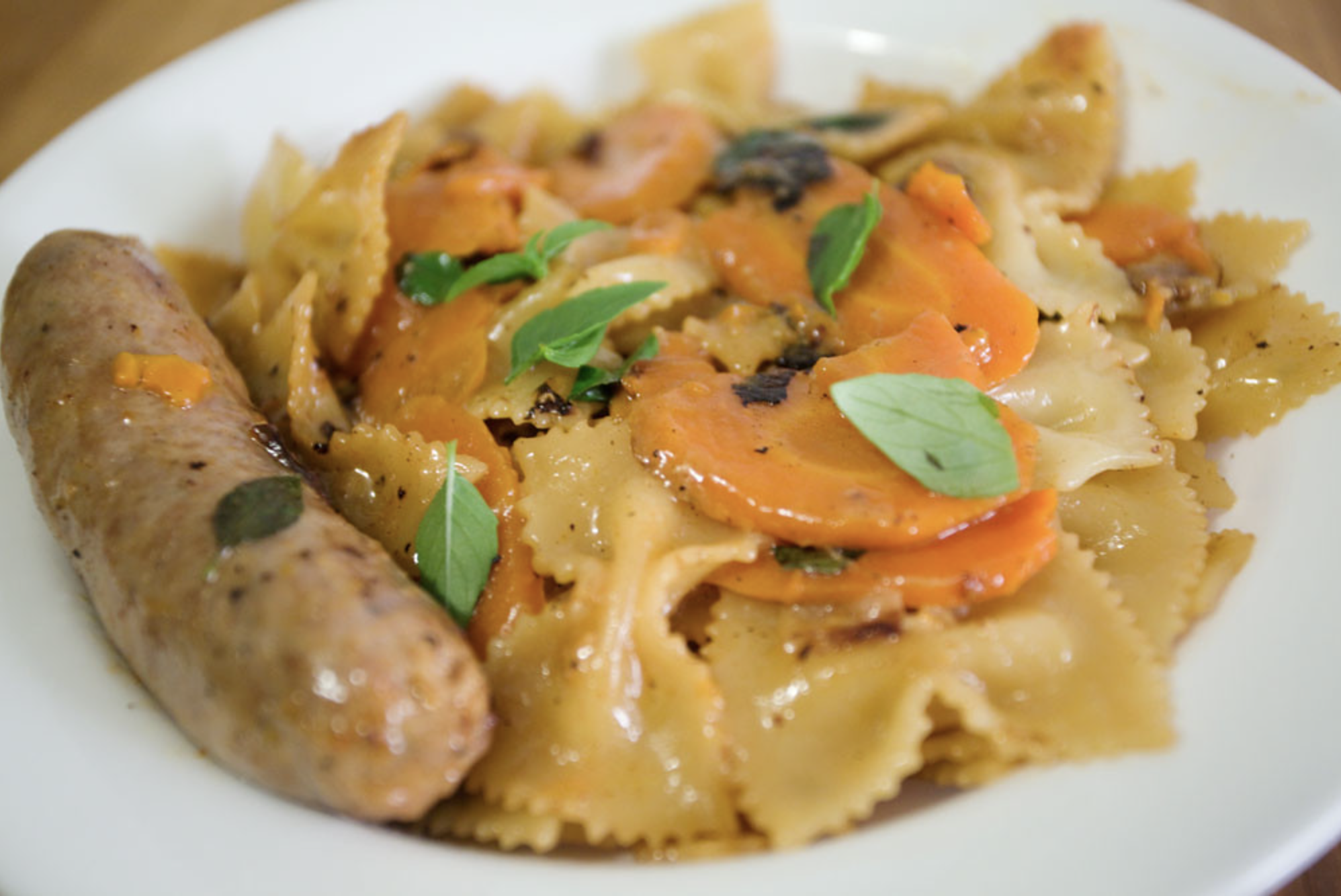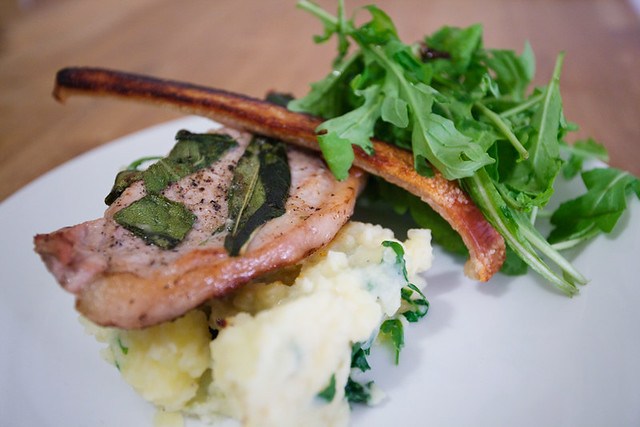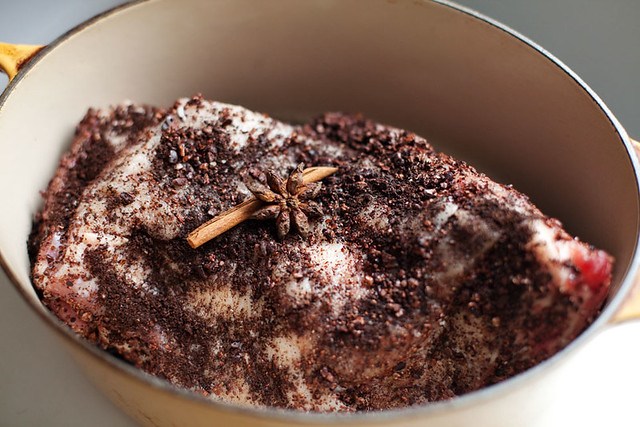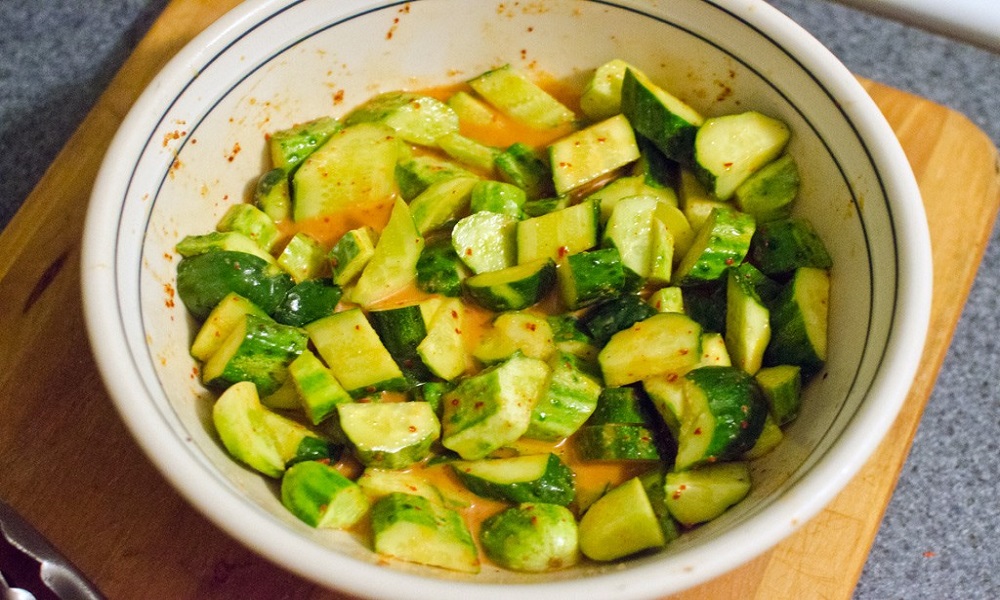Silver scrapes against porcelain in dining rooms across continents, but the music changes dramatically depending on where you sit. Recent discussions expose a simmering cultural tension over something as fundamental as holding a fork, with European dining purists questioning American table manners while Americans push back against perceived snobbery. The conversation reveals how deeply food rituals connect to national identity and social values.
When Forks Become Weapons of Cultural War
European dining flows like chamber music—measured, precise, orchestrated. Fork remains left, knife stays right, cutting and eating create seamless movement. This continental method, polished in aristocratic dining halls over centuries, represents culinary choreography where every gesture carries meaning.
Americans cut with knife in dominant hand, pause, switch fork to eating hand, consume. This “zigzag” approach emerged from practical immigrant adaptations and democratic ideals that rejected rigid European formality.
Expert Voices Sound Off on Etiquette Evolution
Jackie Vernon-Thompson, certified etiquette consultant and founder of From the Inside-Out School of Etiquette, teaches both American and European dining styles, recognizing that “the USA is literally a melting pot of a great variety of cultures” where multiple approaches coexist. Her global perspective extends beyond continental dining differences, as she notes how kitchen designs and culinary workflows vary dramatically between countries like America and Australia, reflecting distinct cultural approaches to food preparation and family dining spaces.
Beyond Silverware: What Fork Fights Really Reveal
The utensil controversy echoes deeper cultural harmonies. European dining culture treats meals as sacred social experiences deserving formal respect. Extended multi-course dinners with established protocols create community bonds and preserve cultural heritage across generations. This reverence for dining tradition explains why travelers increasingly seek authentic European food experiences, with destinations like Portugal’s hidden tavernas and Slovenia’s farm-to-table restaurants gaining momentum as cultural tourism hotspots for 2025.
American dining culture strikes different notes—emphasizing practical efficiency and democratic accessibility. Quick meals accommodate modern lifestyles while informal manners reflect values that reject aristocratic pretensions and social hierarchies.
Neither melody lacks merit. European formality preserves centuries of refined cultural expression, while American informality embraces adaptive pragmatism and inclusive dining experiences that welcome diverse backgrounds.

